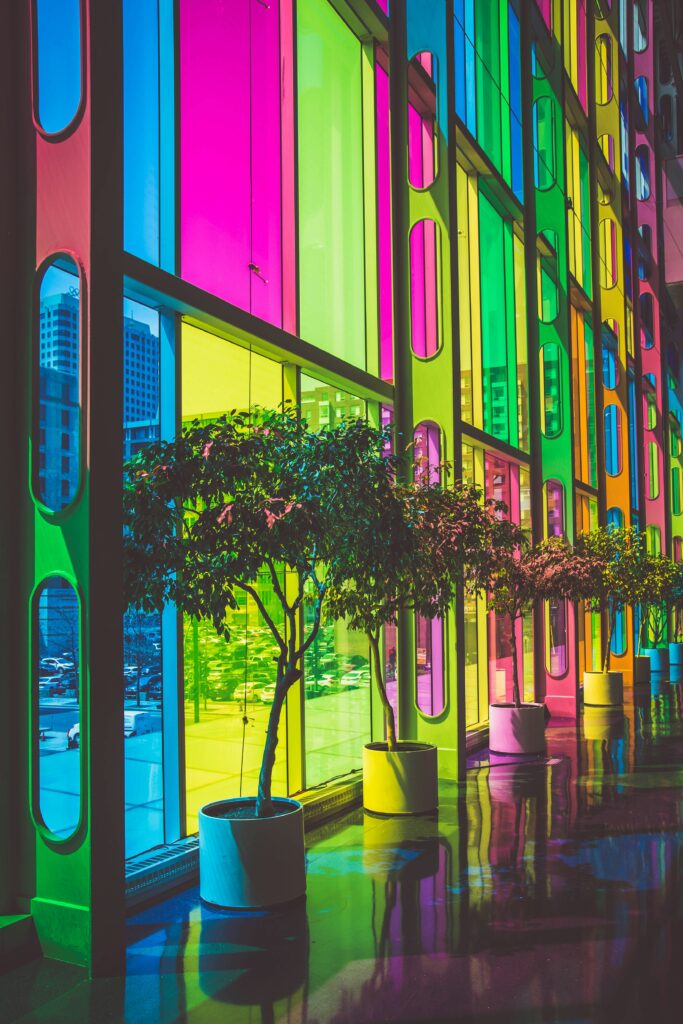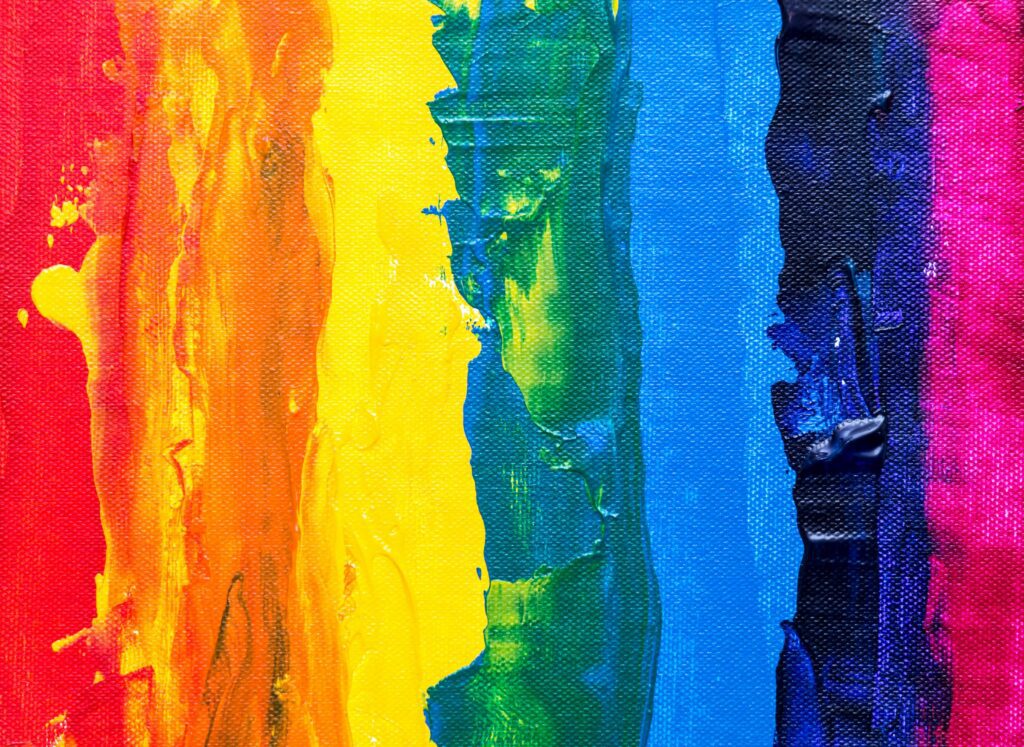Rainbows: A Spectrum of Artistic Expression
Rainbows, those enchanting arcs of color that grace our skies after a bout of rain, have captivated the human imagination for centuries. Beyond their scientific explanation lies a world rich in symbolism, emotion, and cultural significance. They symbolize hope, promise, and new beginnings, inspiring artists, poets, and musicians for centuries.
Rainbows are created when sunlight refracts through water droplets in the atmosphere. The droplets act as prisms, splitting the sunlight into its constituent colors – red, orange, yellow, green, blue, indigo, and violet. The colors are arranged in order of decreasing wavelength, with red on the outside and violet on the inside.
The angle at which sunlight is refracted is determined by its wavelength. Red light has the longest wavelength and refracts the least, while violet light has the shortest wavelength and exhibits the highest level of refraction. This is why the colors of a rainbow appear in the order they do.
Rainbows in Art History
This natural phenomenon has been a recurring motif throughout art history, often employed to convey deeper meanings and emotions. The Romantics embraced the emotional power of this marvel. With its vibrant rainbow, J.M.W. Turner’s Dappled Sunlight on a Stream captures the fleeting beauty of a storm’s aftermath. John Constable, known for his meticulous observation of nature, depicts a double rainbow in his Salisbury Cathedral from the Meadows.
While Luminist paintings bear some influence from Romanticism, they distinguish themselves with artworks that channel the spirituality of nature, particularly the nuances of light. Albert Bierstadt’s Four Rainbows over Niagara is a notable example within this genre. This painting captures the rare spectacle of four rainbows, likely double rainbows, hovering over Niagara Falls.
Modern art saw a shift towards abstraction. Wassily Kandinsky, a pioneer of abstract expressionism, used vibrant colors reminiscent of rainbows in his paintings, exploring the emotional impact of color itself. Meanwhile, Paul Klee emerged as a highly influential artist whose work drew inspiration from prominent art movements such as Expressionism, Cubism, and Surrealism. Murnau with Rainbow is a painting that exhibits Klee’s distinctive style, featuring straight lines and solid color blocks juxtaposed against a full blue circle and a half-circle representing a rainbow.

Rainbows in Contemporary Culture
In the modern era, rainbows continue to be a rich source of inspiration, permeating various industries. The vibrant, bold colors have found their way even into the latest slots of new casinos. They are a vibrant design element and a key feature in many popular games. Beyond the visual appeal, they often act as wild symbols, substituting for other icons to create winning combinations. In Starburst, for example, a rainbow-colored star symbol expands across the reels, triggering re-spins for even more chances to win.
Contemporary street artists leverage this marvel as a potent symbol of positivity and inclusivity. The Rainbow Crossing in Sydney, Australia, is a striking example of urban spaces becoming canvases for vibrant rainbow expressions. Olafur Eliasson’s Your Rainbow Panorama on the ARoS Aarhus Art Museum rooftop is another stunning example of the intersection between technology and rainbow-inspired art.
From the symbolic interpretations of ancient cultures to the digital creations of today, rainbows continue to inspire artists across the globe. Their ability to evoke awe, symbolize hope, and represent diversity makes them a timeless source of artistic expression.



